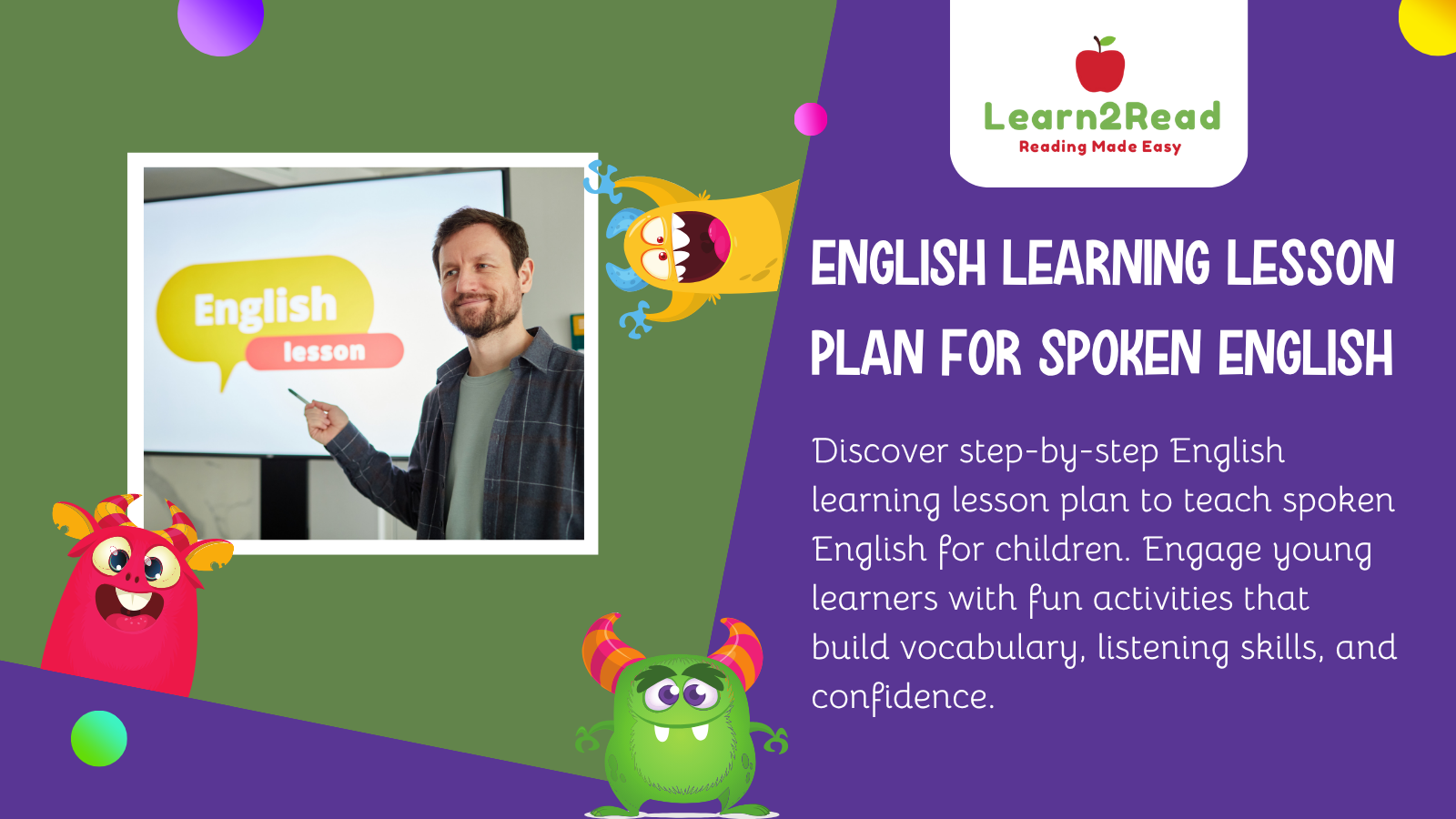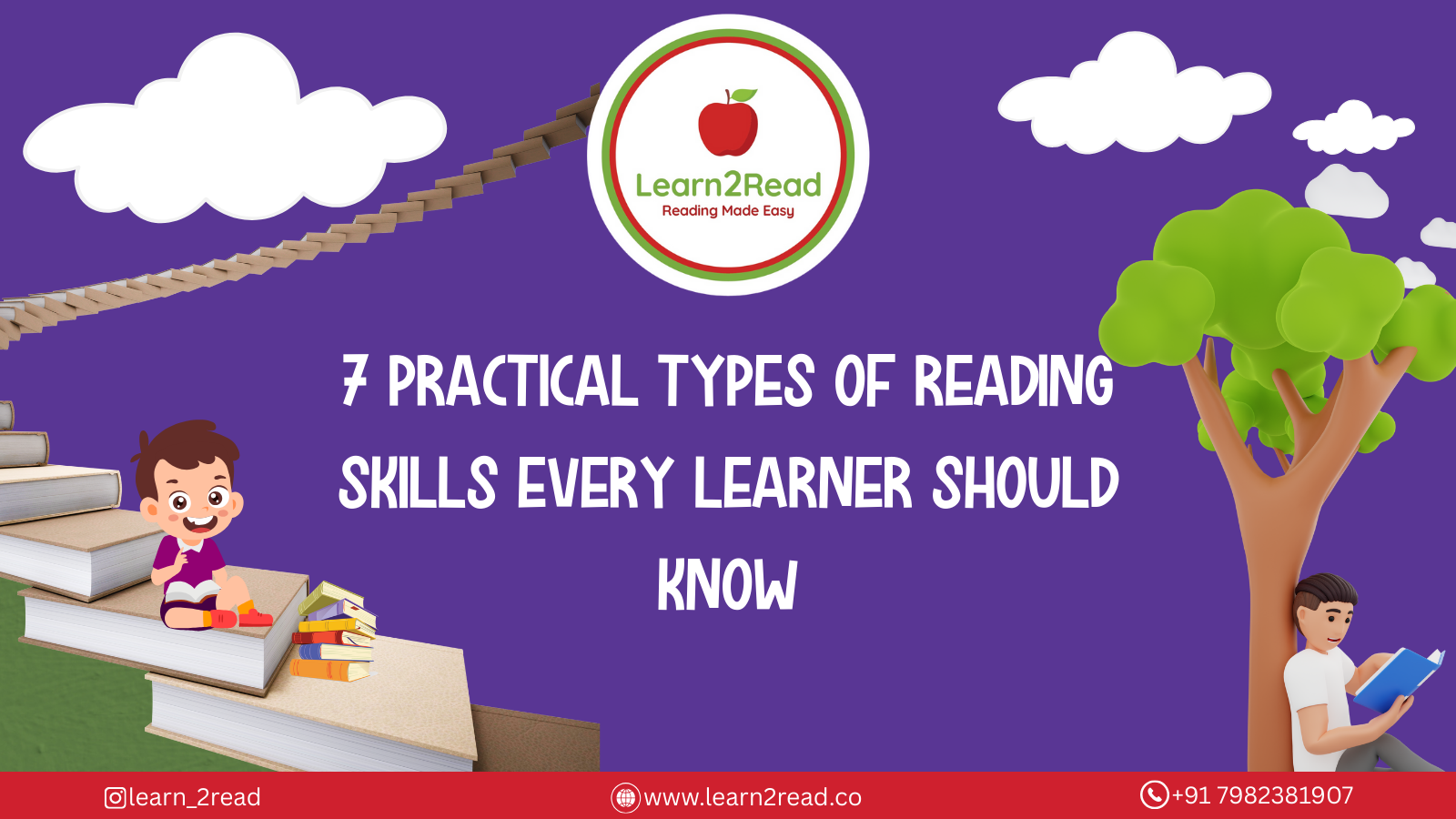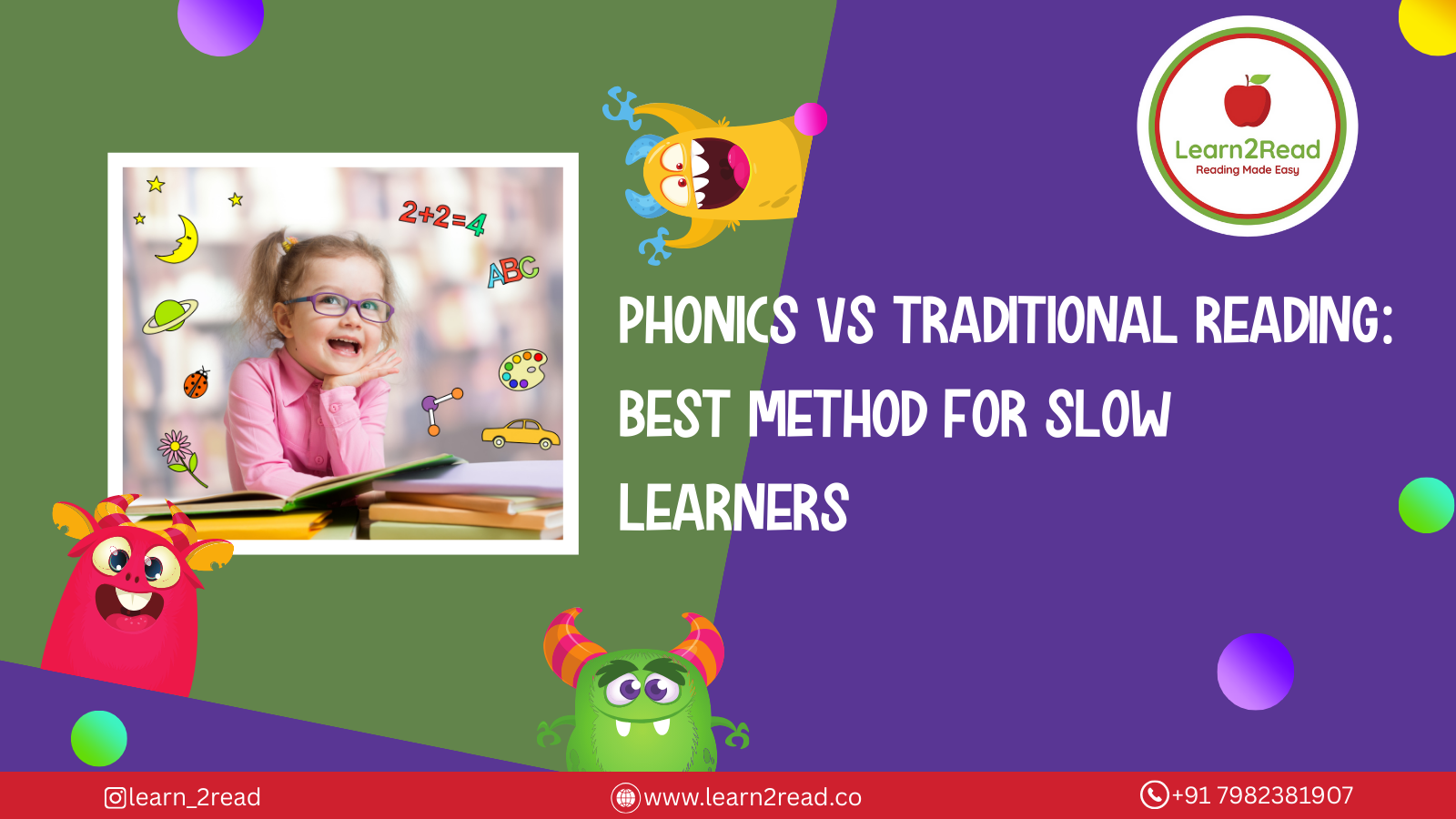19 September 2025
A Complete English Learning Lesson Plan for Spoken English

A Complete English Learning Lesson Plan for Spoken English
posted on : 18 January 2025
Teaching spoken English to childrens can feel challenging especially if you’re not a trained teacher or a parent with not a great experience. However, with a clear English learning lesson plan and engaging activities, any parent or caregiver can lead lessons that build confidence, vocabulary, and real-world communication skills. Here we’ll explain you in detail and lay out a full 45-minute session you can deliver at home or in a small group, helping your child practice spoken English naturally and joyfully.
Lesson Objectives
By the end of this english learning lesson plan, children will be able to:
- Say 5–7 new vocabulary words clearly
- Blend sounds into simple sentences
- Respond confidently to basic questions
- Demonstrate listening comprehension through a short story
Having these targets upfront ensures your lesson stays focused and every activity serves the goal of improving spoken English.
Materials and Preparation
Gather these items before you begin:
- Colorful flashcards with images (fruits, animals, toys)
- A 1–2 minute audio clip (story or rhyme)
- Real objects matching the flashcards (e.g., a toy apple)
- A whiteboard and markers for writing key phrases
- Stickers or small rewards for encouragement
Setting up in advance lets the English learning lesson plan run smoothly and keeps children engaged from start to finish.
Warm-Up Activity: Greeting and Name Game
Greeting Circle
Form a circle and greet each child by name: “Hello, Aryan! How are you today?” They reply, “I’m fine, thank you!” This simple exchange introduces spoken English to childrens in a relaxed way and models polite conversation.
Name and Favorite Item
Ask each child to say their name and one favorite thing: “I’m Diya, and I like bananas.” Talking about something personal helps them form short sentences and gain comfort with English.
Main Activity: Introducing Vocabulary
Flashcard Presentation
Show one flashcard at a time, say the word clearly (e.g., “banana”), and have children repeat. Then ask: “What sound does ‘banana’ start with?” This links phonics to vocabulary and supports reading readiness.
Object Exploration
Pass around the real object—like a plastic banana—so each child holds it and says: “This is a banana.” Then prompt them to describe it: “The banana is yellow.” Hands-on practice reinforces both the word and its pronunciation.
Practice: Role-Play Dialogues
Dialogue Modeling
Write a brief exchange on the board: Teacher: “What fruit do you like?” Child: “I like bananas.” Read it together, then pair children to practice. Role-play builds practical spoken English and how to speak skills.
Free Conversation
Encourage pairs to ask and answer the question independently. This open format moves them beyond scripted lines and into natural dialogue.
Listening Comprehension: Audio Story
Story Time
Play the short audio clip about a character choosing fruits. Afterwards, ask:
- “Which fruit did the character pick?”
- Why did they choose that fruit?” Mixing listening with speaking practice challenges children to process and respond in English effectively.
Game Activity: Fruit Matching
Interactive Game
Lay matching flashcards face down. Children take turns flipping two cards to find a match. When they succeed, they announce: “I found a banana!” Games like this make your English learning lesson plan playful and memorable, while reinforcing vocabulary.
Extension: Home Practice
- Flashcard Review: Send 3–4 flashcards home for daily review.
- Drawing Journals: Ask each child to draw their favorite fruit and describe it in one sentence.
- Family Conversations: Encourage parents to ask, “What did you learn today?” in English at home.
These activities keep learning alive beyond the classroom and involve the whole family in practicing spoken English for childrens.
Tips for Success
- Keep It Brief: A 45-minute lesson respects young attention spans.
- Praise Every Effort: Celebrate each attempt to speak, however small.
- Adapt as Needed: If a word proves too tricky, substitute it with an easier one.
- Show Enthusiasm: Your positive energy makes practicing spoken English exciting.
Consistency and encouragement turn each session into a positive milestone.
A well-structured English learning lesson plan transforms teaching spoken English to childrens into an approachable, enjoyable experience with no formal training required. By combining clear objectives, engaging materials, interactive activities, and supportive guidance, you’ll help your child develop strong communication skills and lasting confidence.
Ready for more? Explore Learn2Read’s phonics-based and spoken English courses to guide your child step by step toward fluent, enthusiastic English communication.
Latest Posts


19 September 2025
Types of Reading Skills and How to Develop Them in Kids

19 September 2025
Phonics vs Traditional Reading: What Actually Works for Early Learners?

19 September 2025



